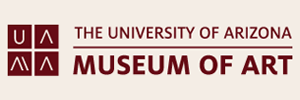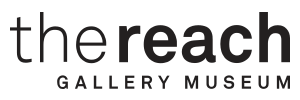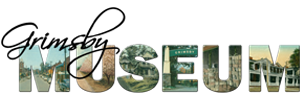Staff Pick
In lieu of a staff pick, we'd like to celebrate the winter season with a photograph from the online collections of the San Diego History Center.
Of all PastPerfect Online sites, the History Center is sharing the most catalog records -- a whopping 193,549 of them! There are only three other sites with more than 100,000 records online:
- Ohio State University Cartoon Library & Museum - 137,834 records
- Center for Sacramento History - 123,321 records
- National Building Museum - 100,914 records
No matter the size of the collection, we know that every organization using PastPerfect Online has done an immense amount of work to share their records. We are incredibly grateful for each and every one of them!









